A corner of Chau Doc fish raft village. Photo: THANH TIEN
From the time of "planting poles"...
If you have the opportunity to pass the Con Tien bridge connecting Chau Doc and Vinh Hau, you will see hundreds of floating houses on the river. Families living in hundreds of floating houses have spent many generations drifting on the water. For them, living on a raft is both a habit and a choice.
Having spent most of his life on the river, Mr. Nguyen Van Thua is the second generation in a family with a “tradition of living on rafts” at the Chau Doc River junction. For him, the memories of the raft village are an indispensable part of his life. Every time he mentions it, the weathered eyes of this fisherman still ache with the image of the first day he and his parents rowed from Tonle Sap (Cambodia) to set up a pole at this peaceful river wharf.
“My family followed the floodwaters here to live since the early 70s of the last century. After many years of wandering, my father wanted to return to his homeland. The drifting life made him not build a house on the shore but decided to live on a raft like many other families. My father’s relatives also lived on rafts nearby to protect each other. Most of the people who came from Tonle Sap lived by fishing, those who had the means switched to raising fish on rafts,” Mr. Thua recalled.
According to Mr. Thua, the fish farmers initially only did it on a small scale, mainly selling to several markets in the area. Gradually, the market favored catfish and basa fish, and the fish farming profession also "blossomed". The floating houses on the river usually have an area of 60 - 100m2, the bottom is for fish cages, and the upper part is for living. Families with good capital can own 2 - 3 fish rafts.
The project "Colorful raft village at Chau Doc river junction" at the time of its implementation. Photo: THANH TIEN
“When tra and basa fish were bought by traders at very high prices, people rushed to raise fish in rafts. Some households spent hundreds of millions of dong - a huge amount of money at that time - to invest in fish rafts. When the time came (1995 - 2000), fish prices were high continuously, the Chau Doc river was dense with fish rafts, and the name “raft village” was formed because of that. At that time, I also lived well thanks to the fish rafts, not having to worry about daily food and clothing,” Mr. Thua continued.
In the “golden age”, Chau Doc raft village was not only a symbol of river culture but also an “ economic highlight”. Currently, the statue of tra and basa fish at 30/4 park, Chau Doc ward, still stands tall with the sun and wind, a typical mark of this period. However, the decline of tra and basa fish has made the raft village no longer maintain the prosperity of the past.
New development direction
Having been attached to the raft village since birth, Mr. Nguyen Van Nang understands life here very well. Currently, he works as a fish collector for large raft owners, with an output of 60 - 70 tons/raft. He shared that each day of fish collection he earns from 300,000 - 450,000 VND, but the work is not continuous. For raft owners, the current profit of about 3,000 VND/kg of fish is quite good, but cannot be compared to the "golden" period.
“Today, traders buy basa fish at 40,000 VND/kg, so the raft owners are happy, thanks to that I can make a living. The only difference is that people do not buy at once but filter the fish in quantities of several tons per day. Previously, each raft of 70 tons of fish only needed to be filtered in a day. Therefore, rafts with large output are gradually decreasing, the raft owners only raise fish according to their capital. I see that some raft owners have switched to tourism , with a fair number of visitors,” said Mr. Nang.
In fact, the An Giang tourism industry sees the potential for developing a “smokeless industry” in the Chau Doc fish raft village. In 2024, the Provincial Investment, Trade and Tourism Promotion Center coordinated with sectors and localities to launch the project “Colorful raft village at the Chau Doc river junction”. After a period of implementation, the project has proven its appeal from the beauty of this poetic raft village.
Tourists experience feeding fish on a raft. Photo: THANH TIEN
“161 raft houses painted in 6 colors: Red, yellow, orange, green, blue, purple will be an ideal place for tourists to enjoy the scenery, take unique check-in photos, bearing the mark of An Giang's rivers. Along with that, we also encourage households in the raft village to diversify their food and beverage business services to serve tourists. The initial results are quite impressive, with travel businesses connecting many tours and routes to bring tourists to experience here”, informed Mr. Le Trung Hieu - Deputy Director of the Provincial Center for Investment, Trade and Tourism Promotion.
However, tourism services in the floating village are still monotonous. Households mainly serve tourists with food, sell souvenirs or let tourists feed fish. These are all interesting activities, but in the long run, they will be boring. Therefore, the industry has proposed to develop new services such as: Southern folk music, accommodation services, night food and drink... to increase the experience for tourists.
Mr. Le Trung Hieu further analyzed: “Over time, the project “Colorful raft village at Chau Doc river junction” needs to be refurbished and improved to continue attracting tourists. In addition, there needs to be active participation of specialized sectors and localities in supporting households in the raft village to exploit tourism values from their own place of residence. Travel agencies need to have new products associated with raft villages, such as Cham cultural tourism, spiritual tourism of localities associated with Chau Doc river junction, helping people to exploit the maximum economic value in addition to the peace and poetry of this unique raft village”.
THANH TIEN
Source: https://baoangiang.com.vn/lang-noi-tren-song-a426549.html


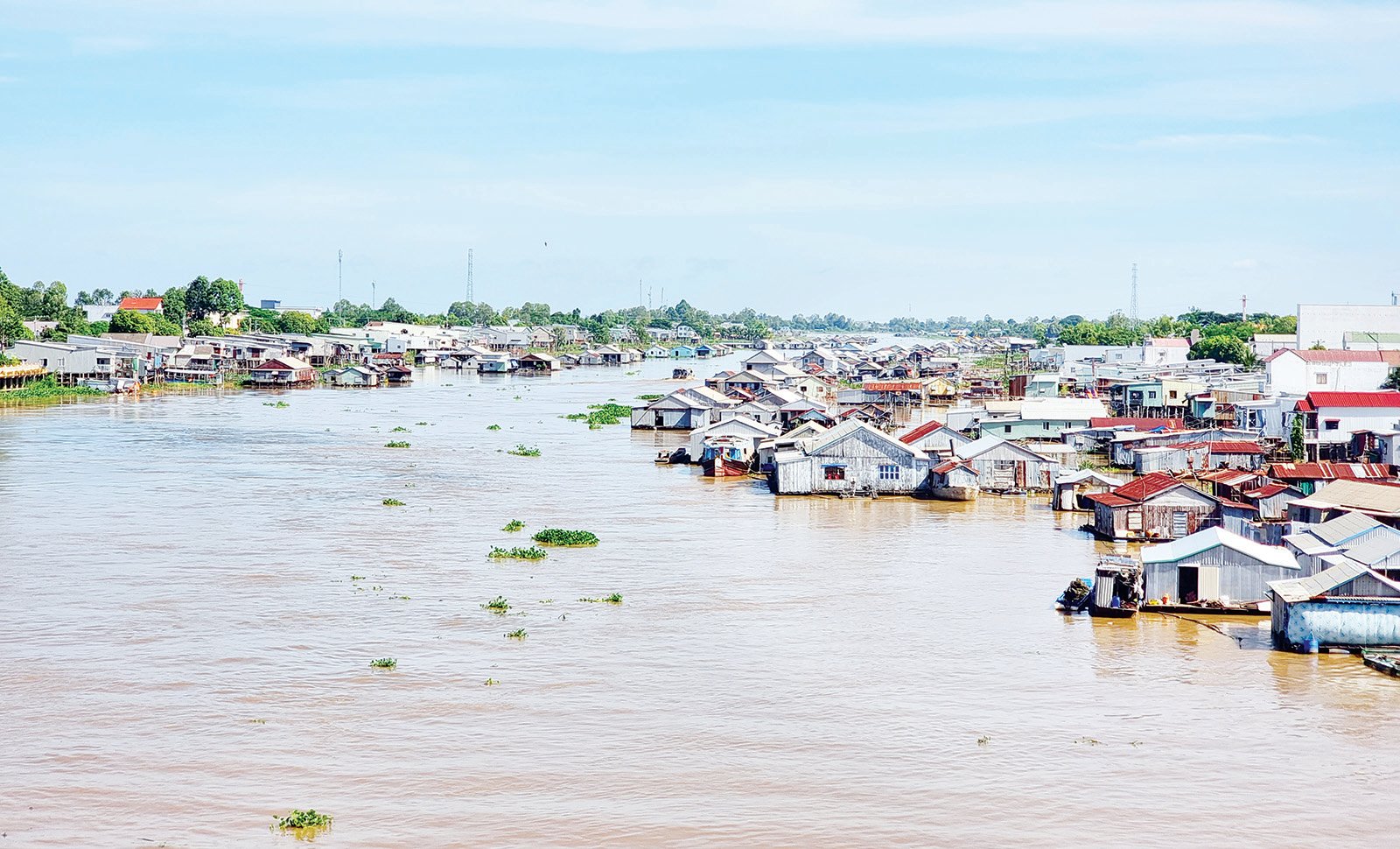
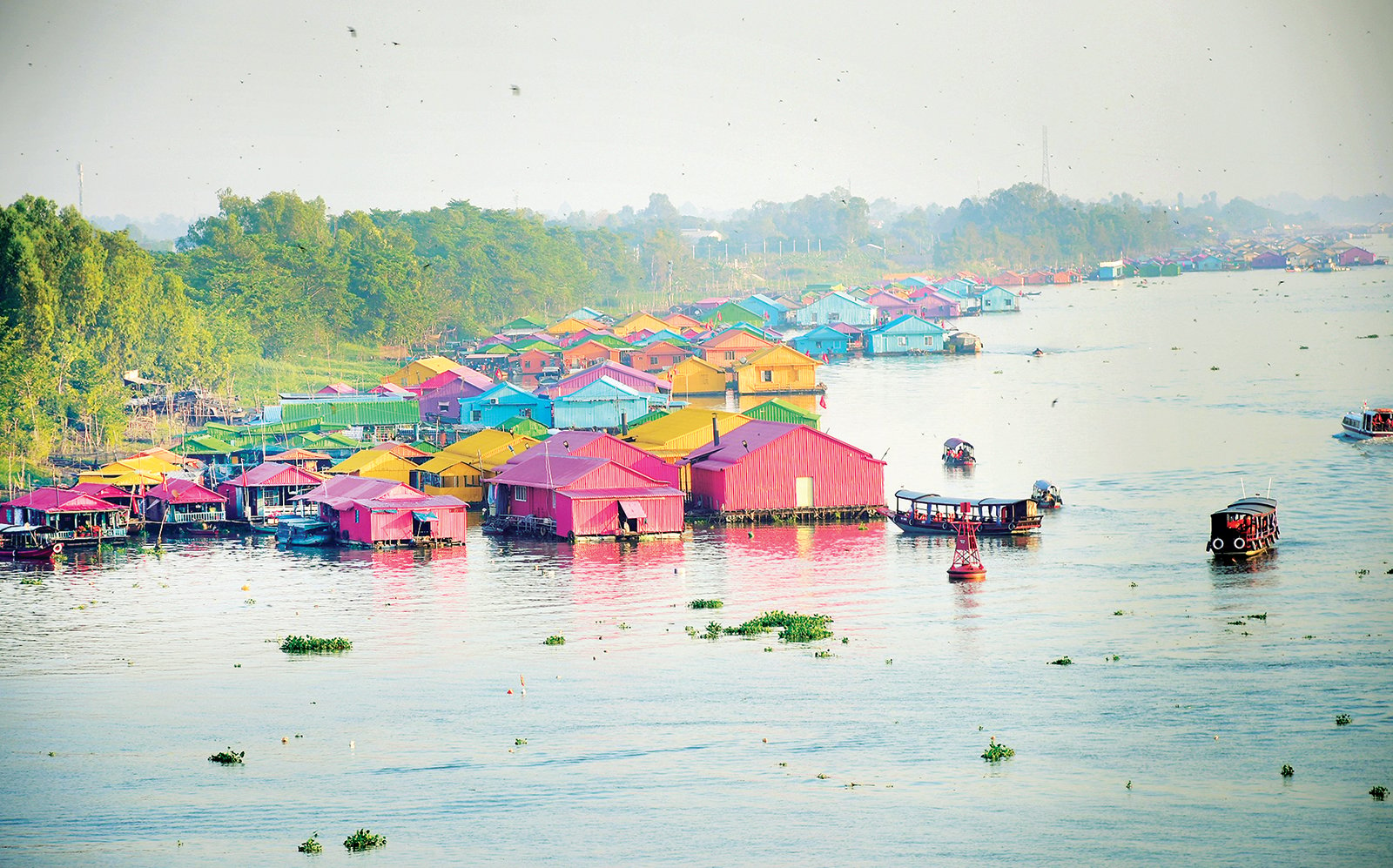
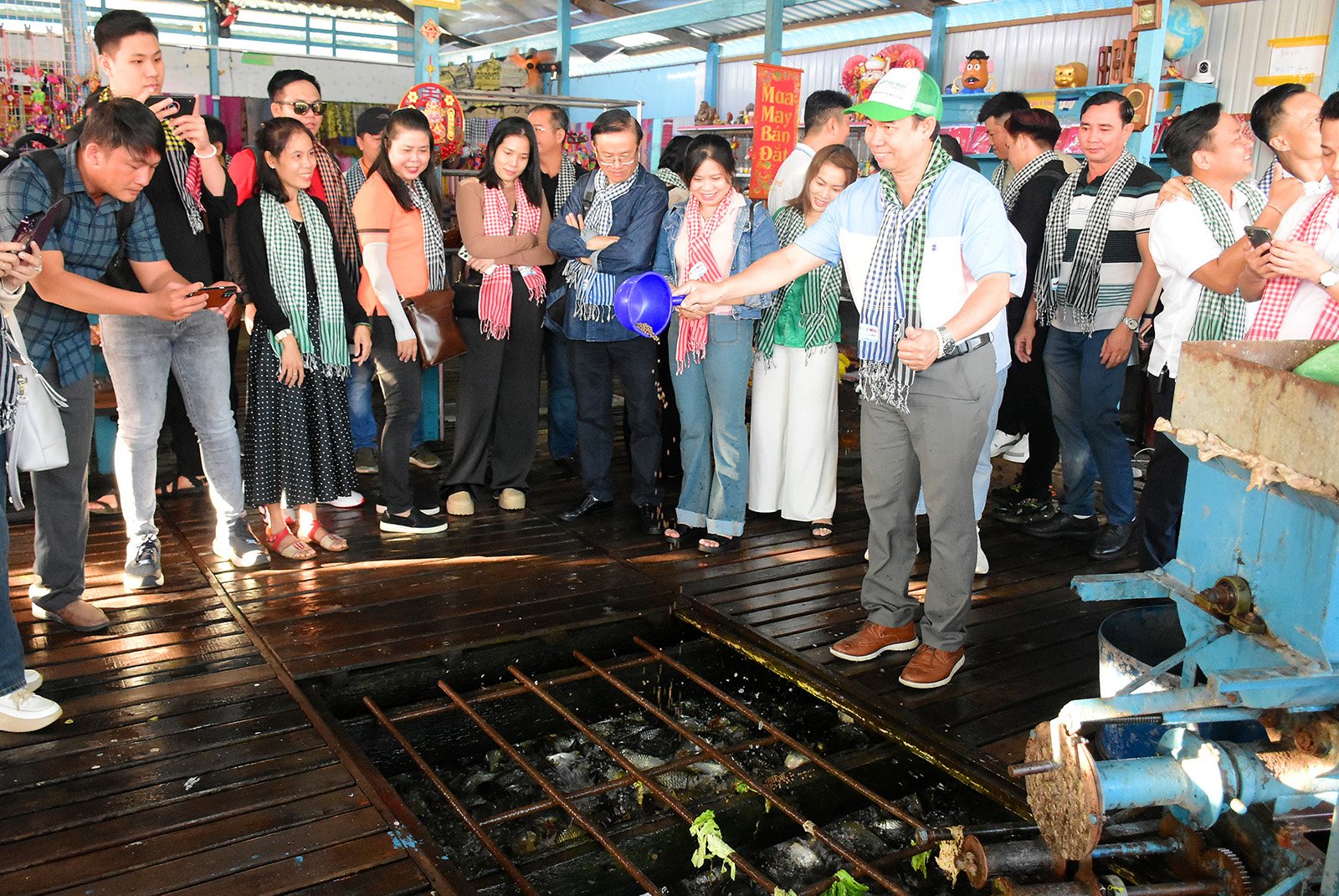







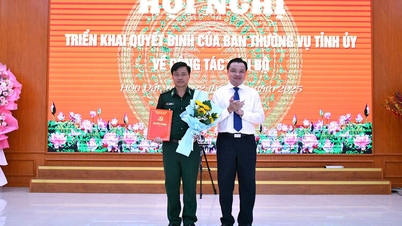

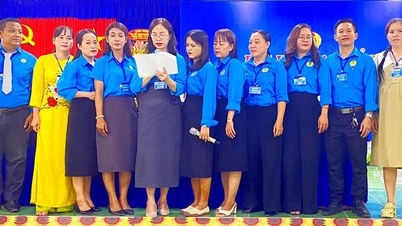
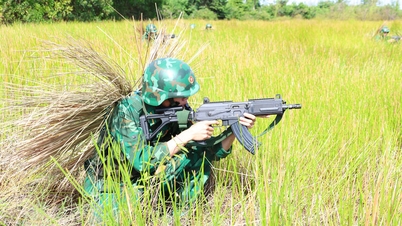




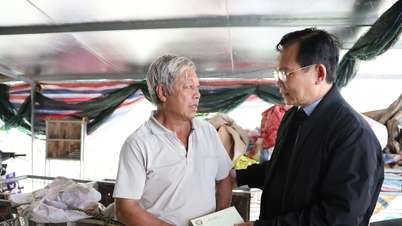
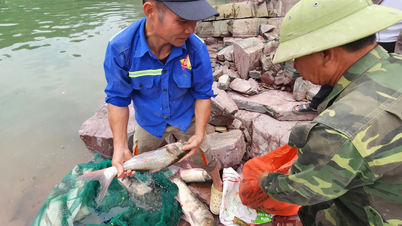

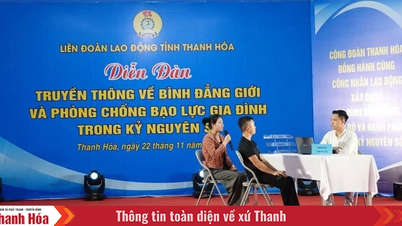



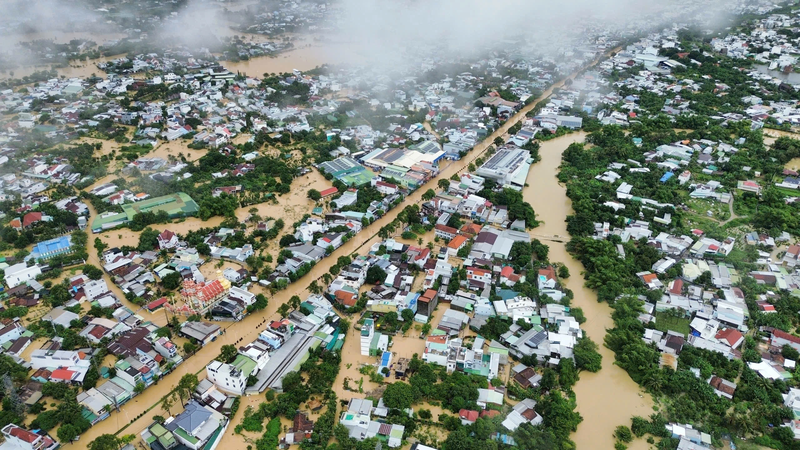
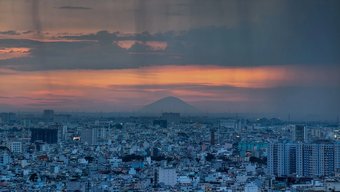



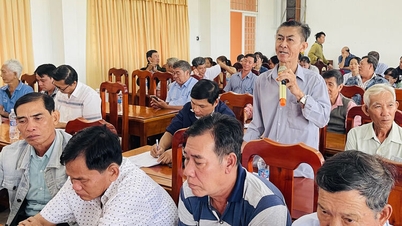

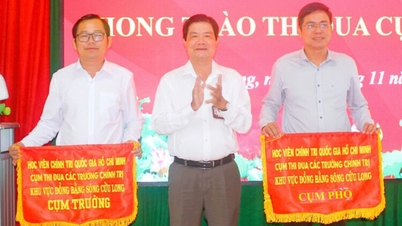



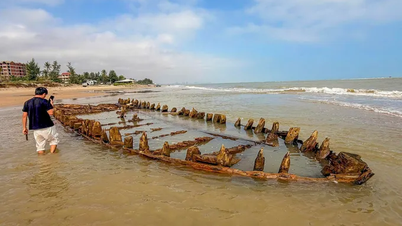
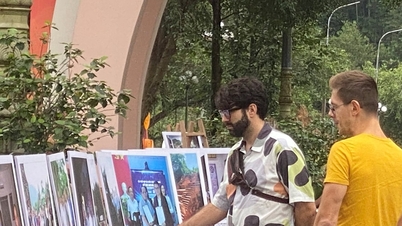



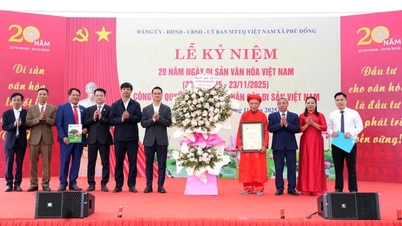

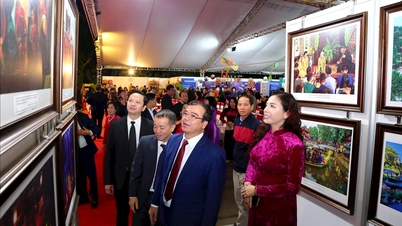




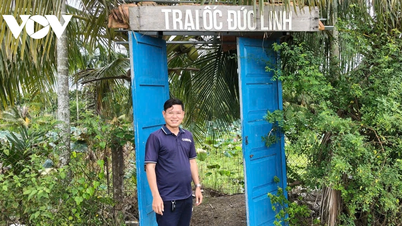

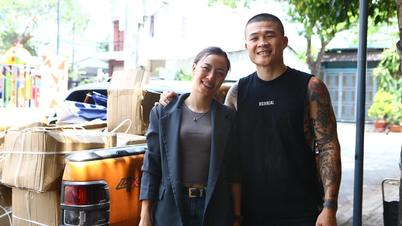





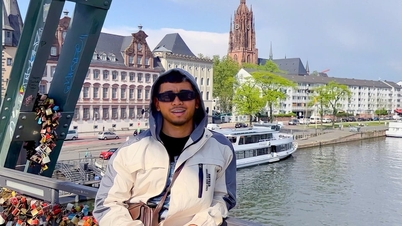

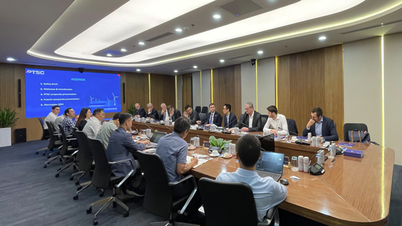

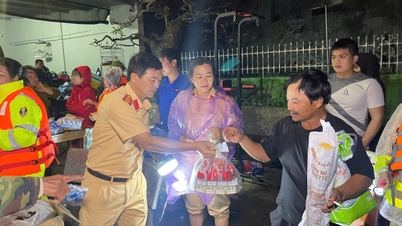


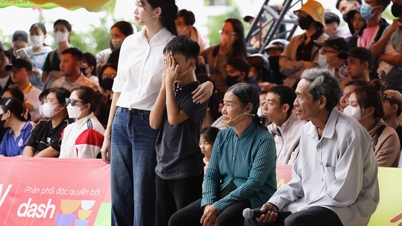


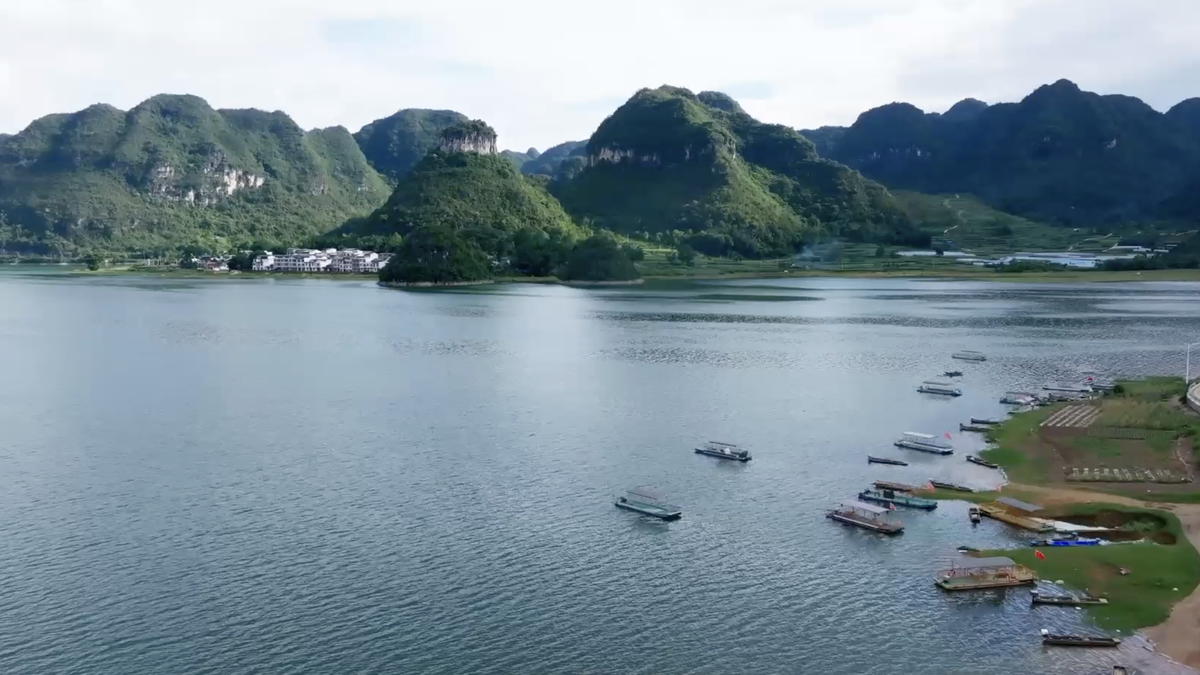

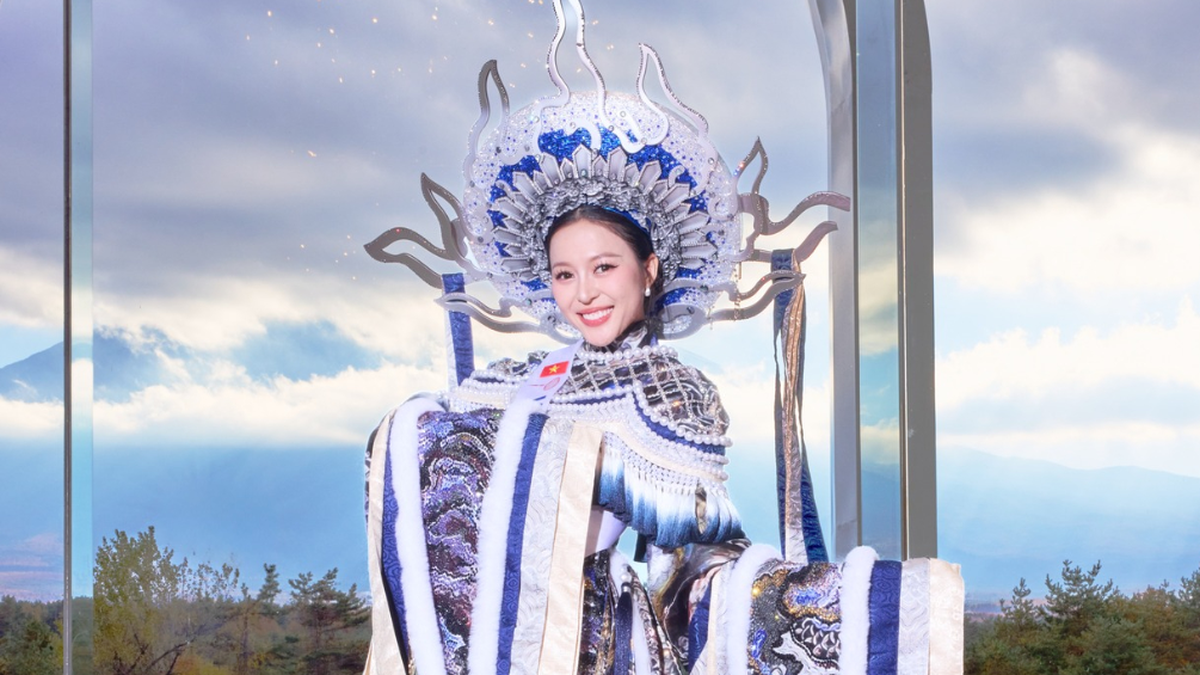
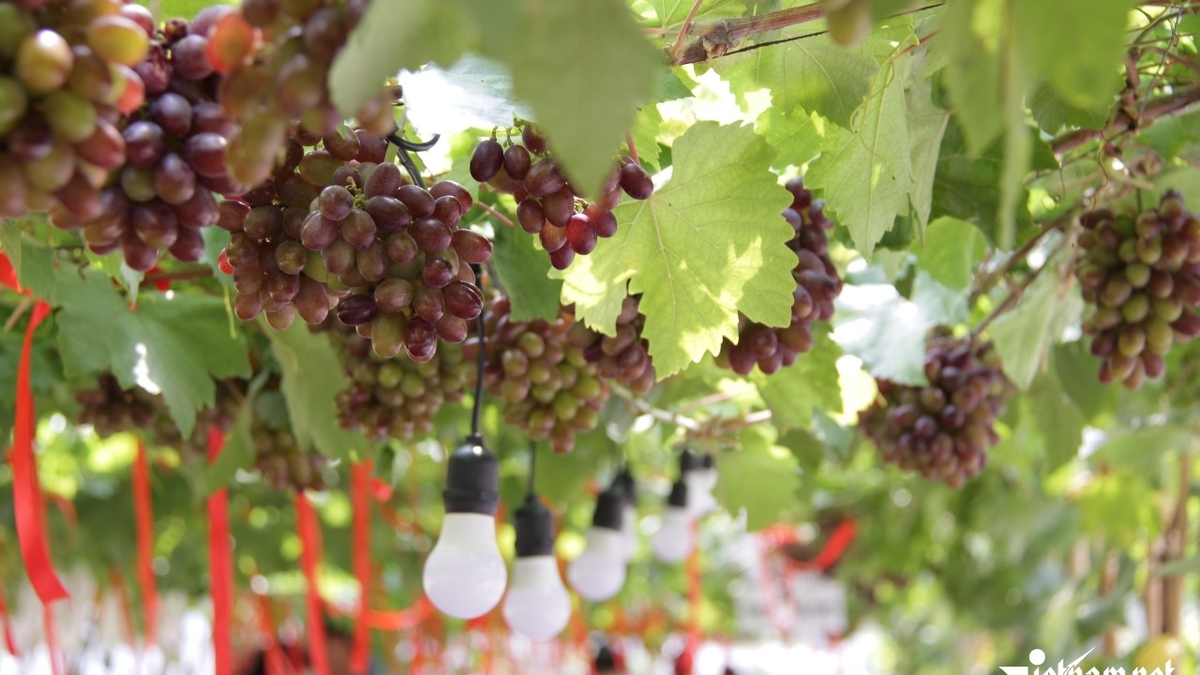
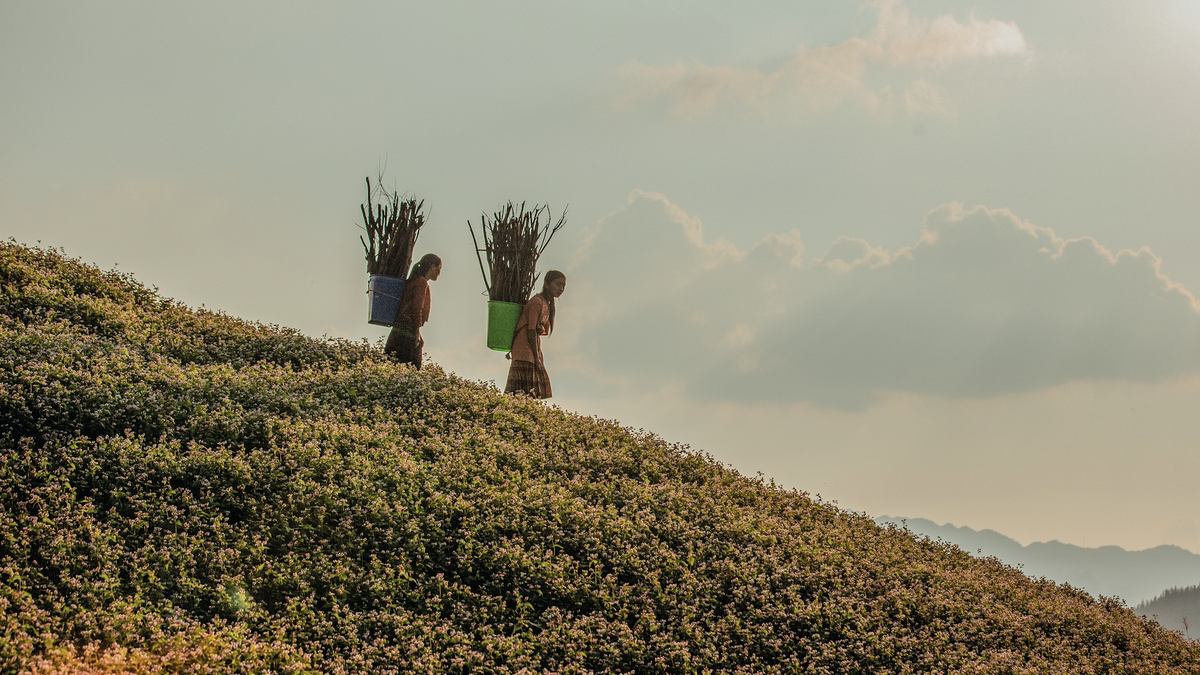

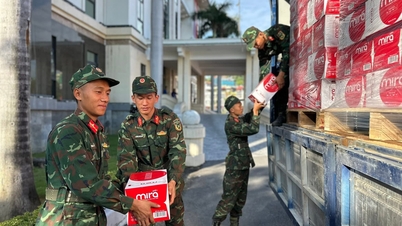
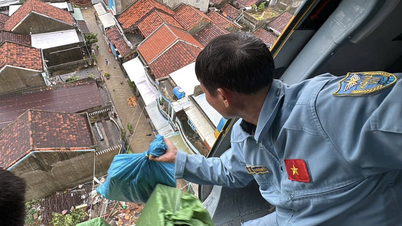





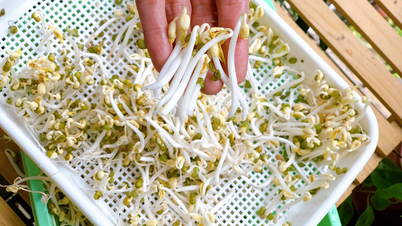


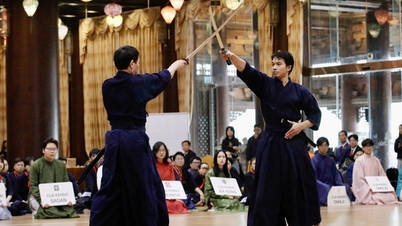




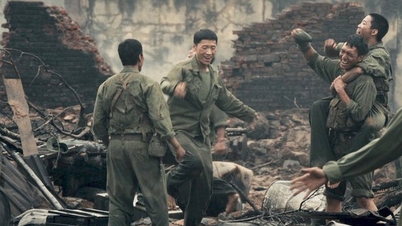



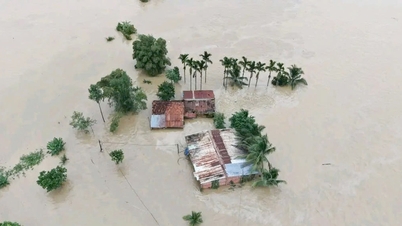
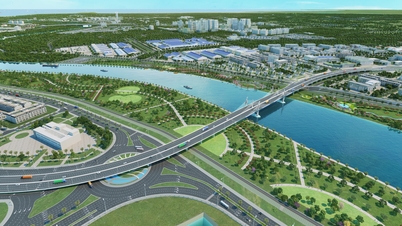
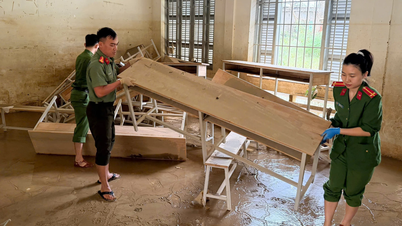
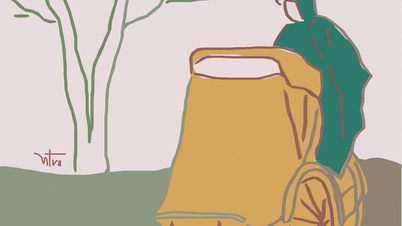

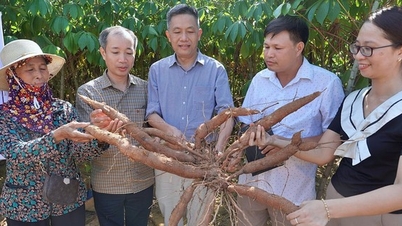



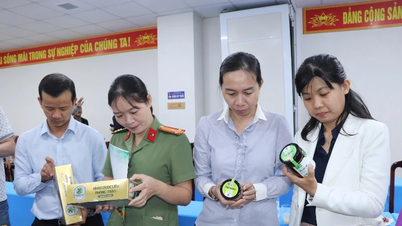
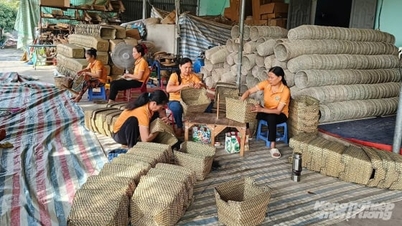

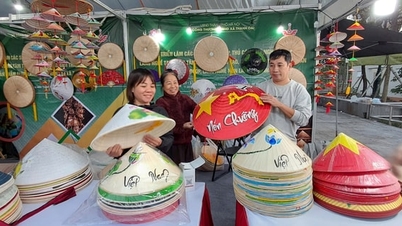
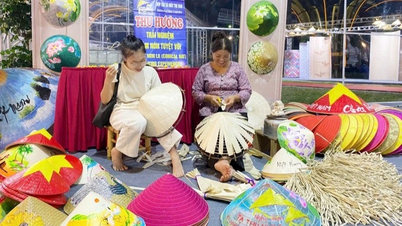




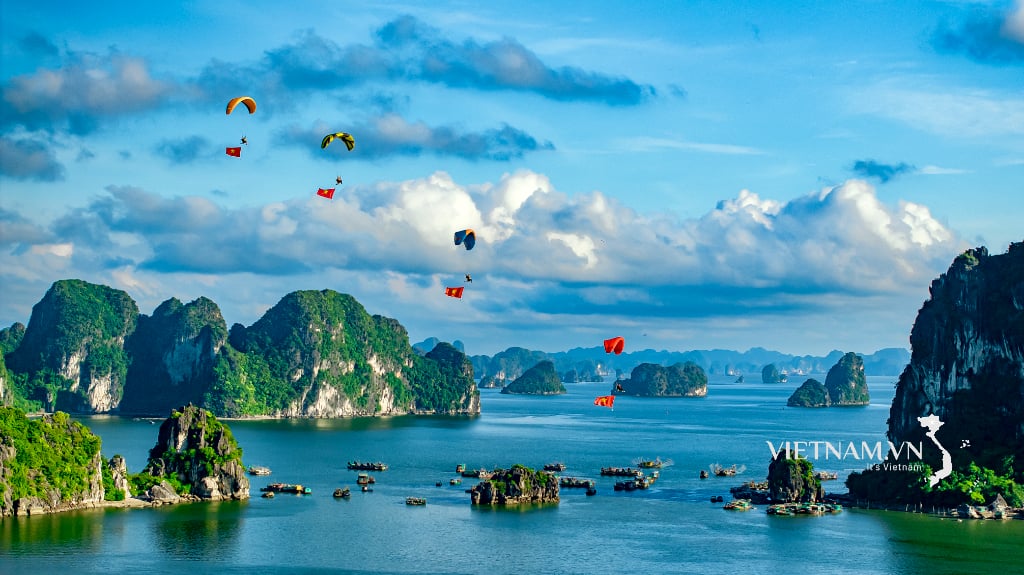
Comment (0)